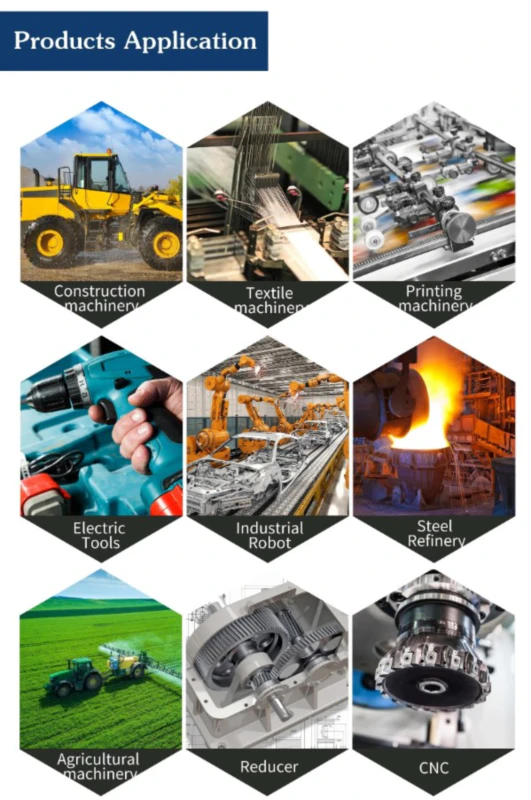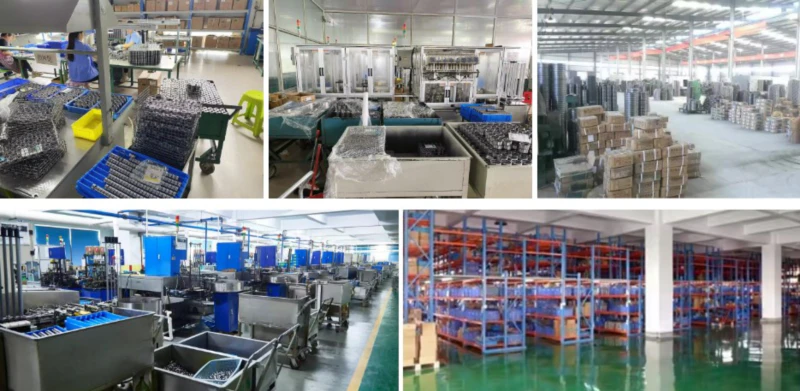Track Bearings Bearing Failure Prediction Procedure
Introduction
Track bearings play a crucial role in various industries, ensuring smooth and efficient motion in heavy machinery. However, like any mechanical component, track bearings are prone to failure, which can lead to costly downtime and maintenance. In this article, we will explore the procedure for predicting track bearings bearing failure and discuss the importance of proactive maintenance.
1. Understanding Track Bearings
Track bearings are specialized bearings designed to support heavy loads and enable linear or rotational motion in tracks or guide systems. These bearings are exposed to extreme conditions, such as high loads, vibrations, and contaminants, making them susceptible to failure over time.
1.1 Types of Track Bearings
There are various types of track bearings, including:
- Roller track bearings
- Ball track bearings
- Needle track bearings
- Plain track bearings
1.2 Common Causes of Track Bearings Failure
Track bearings can fail due to several reasons, including:
- Insufficient lubrication
- Overloading
- Contamination
- Improper installation
- High temperatures
2. Predicting Track Bearings Bearing Failure
Predicting track bearings bearing failure is crucial to minimize unexpected breakdowns and optimize maintenance efforts. Here are the steps involved in the failure prediction procedure:
2.1 Data Collection and Analysis
The first step is to collect data regarding the operating conditions, load profiles, lubrication practices, and maintenance history of the track bearings. This data is then analyzed to identify patterns or anomalies that could indicate potential failure risks.
2.2 Condition Monitoring
Implementing a comprehensive condition monitoring program can provide real-time insights into the health of the track bearings. Techniques such as vibration analysis, thermography, and acoustic emission monitoring can help detect early signs of failure and allow for timely intervention.
2.3 Failure Mode and Effects Analysis (FMEA)
Performing an FMEA helps assess the potential modes of failure and their effects on the track bearings. This analysis aids in prioritizing maintenance tasks and developing effective mitigation strategies.
2.4 Proactive Maintenance
Based on the collected data, condition monitoring results, and FMEA findings, a proactive maintenance plan can be devised. This plan may include activities such as regular lubrication, periodic inspections, and timely replacement of worn-out components.
3. Company Products and Introduction
At our company, we are a leading player in the Chinese reducer market. We offer a wide range of products, including servo reducers, plastic gearboxes, gear motors, worm gearboxes, worm wheels, and worm reducers. Equipped with state-of-the-art automatic CNC production and assembly equipment, we pride ourselves on delivering high-quality products, competitive prices, and excellent customer service. We welcome custom orders based on customer specifications.
Author: Czh


